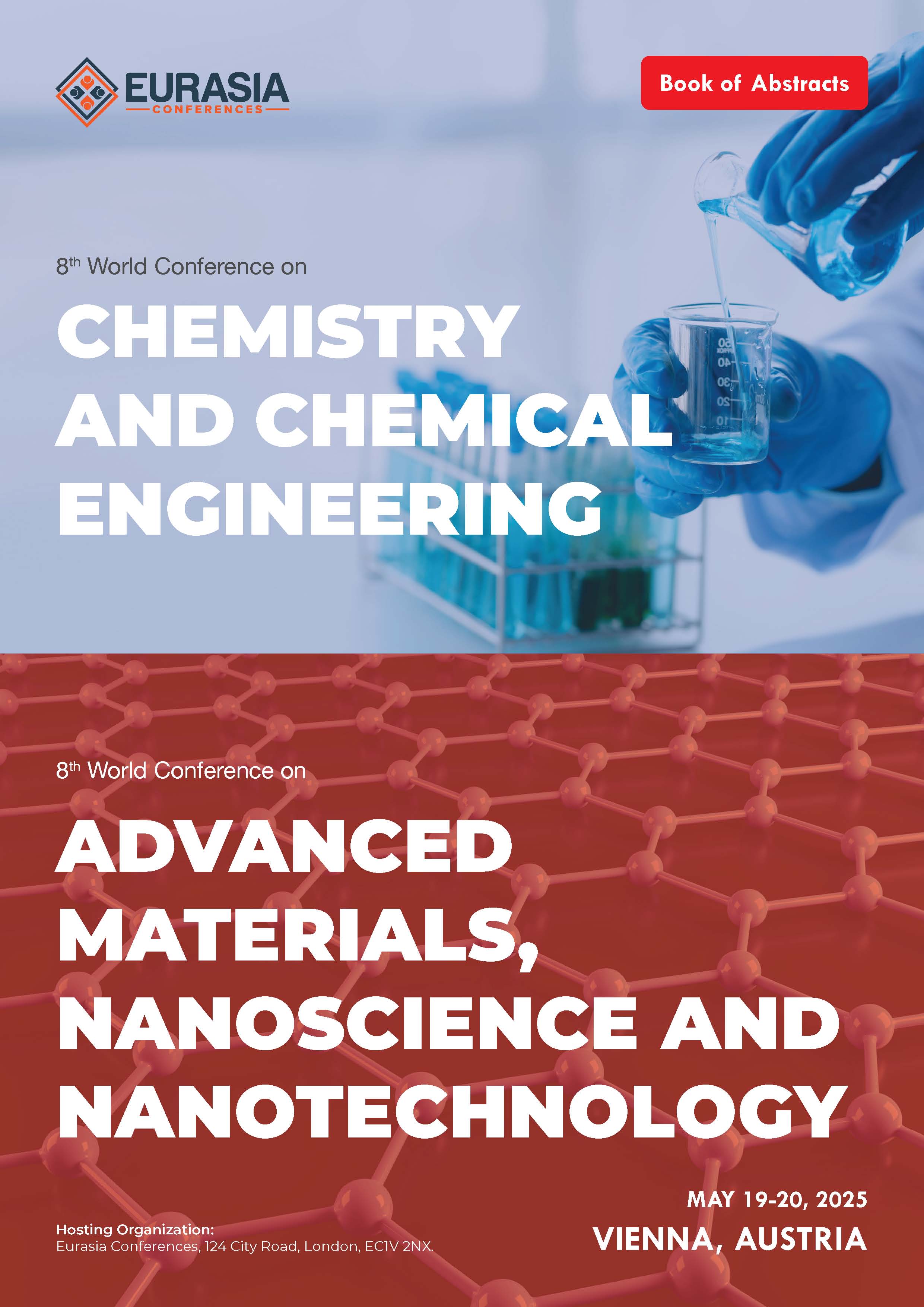
Levente Tyukodi
Curcuminoids, both C7- and C5-derivatives, are natural bioactive compounds with diverse pharmacological properties. Structural modifications, such as the incorporation of a cyclic system into the carbon chain, can significantly alter their physicochemical characteristics, including lipophilicity and solubility as key factors influencing biological activity. This study compares the predicted lipophilicity and solubility of C5 cyclic curcuminoids with experimental data.
Lipophilicity estimation is a critical parameter in drug development, typically assessed through high-throughput screening (HTS) and chromatographic techniques. Here, the physicochemical properties of these curcuminoids were characterized by measuring logP values using both thin-layer chromatography (logPTLC) and high-performance liquid chromatography (logPHPLC), which were then compared to various predicted clogP values. Similarly, solubility predictions play a key role in evaluating drug-like properties. Kinetic solubility was determined by preparing a series of samples up to the point of supersaturation, followed by centrifugation and subsequent analysis using an HPLC method with UV-Vis detection.
The experimentally measured lipophilicity values were compared with SwissADME open-source models. The Z-score, RMSE, and MAE values were calculated, and the best-performing model was XlogP3. A similar evaluation was conducted for solubility, where the closest prediction was given by the so called ESOL model.
Future structure–activity relationship (SAR) studies will elucidate how the structural features of cyclic C5-curcuminoids correlate with cytotoxicity and physicochemical stability. By comparing predictive models with experimental outcomes, this study provides insights into the reliability and limitations of computational approaches in describing real-world behavior.